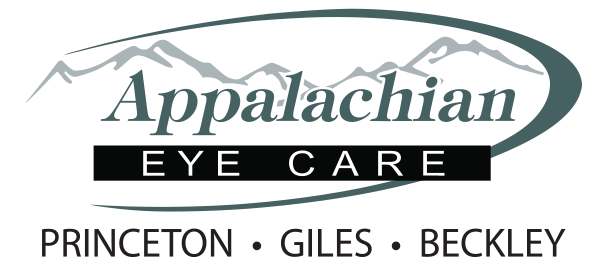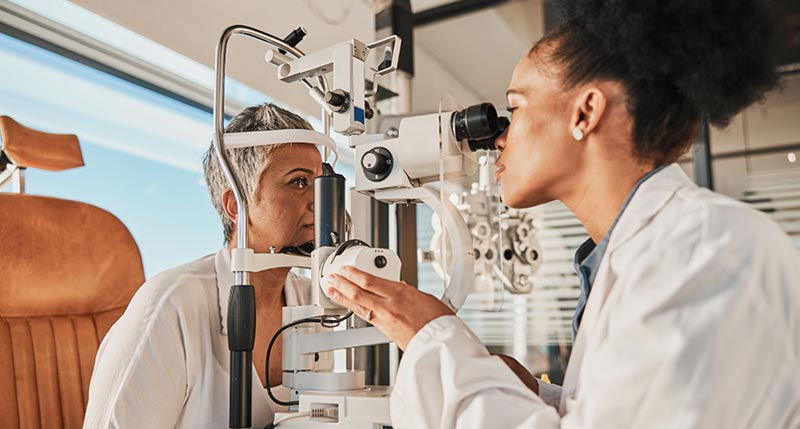August is Vision and Learning Month in the U.S. The goal of observing this vital link between vision and how we learn serves to enhance awareness among both parents and educators about how often undiagnosed or misdiagnosed visual problems impact a student’s ability to learn.
Did you know that in our country, there is an epidemic of undiagnosed eye and vision problems? One in five preschool-age children has an existing vision problem. This means that by the time they enter school, 20% of kids will need to wear corrective lenses—though unfortunately, not all will be diagnosed and treated. This can (and will!) significantly affect their ability to learn in the classroom, play sports, and observe their surroundings. Children with a vision impairment fall behind their peers quickly; once they’re behind, it can be difficult to catch back up.
School Vision Screening Is Not a Comprehensive Eye Exam
Falling behind in school can be the first problem in a domino effect that greatly impacts your child. According to the American Optometric Association, school vision screenings miss up to 75% of vision problems that impact learning.
Sometimes the vison-related challenges a student has in school are misdiagnosed as behavioral problems, ADHD, dyslexia, or a learning disability. These labels can follow your child through their entire school career. But when diagnosed and treated early, vision challenges can be corrected and don’t become significant problems. That’s why it’s so critical to give your preschooler or school-aged child the advantage of a comprehensive eye exam.
Your preschooler’s eyes develop rapidly during the first six years of life. This time period is critical for establishing good vision skills. Early childhood is a very vulnerable time period during which kids are susceptible to significant vision changes. It is a parenting best practice to make annual comprehensive eye exam appointments with the same urgency as dental care and medical vaccinations.
Your child’s eyes account for up to 80% of the information they take in, and therefore 80% of what they are able to learn, both in school and in the world around them. Your optometrist will thoroughly examine your child’s eyes, visual ability, and eye teaming skills during their annual comprehensive eye exam to ensure your student has the best possible learning advantage in and out of the classroom.
It’s More Than Visual Acuity that Impacts Learning
Here’s the key takeaway for parents: Your child’s ability to learn is not just based on being able to read an eye chart.
For example, if your child has one eye with 20/20 visual acuity, but the other eye is much weaker (maybe 20/100), your child will likely have challenges with eye teaming, eye tracking and possibly hand-eye coordination—visual skills necessary for reading, sports, and depth perception.
Unfortunately, school eye screenings miss an overwhelming majority of significant eye and vision problems that can contribute to learning challenges in students. If you believe your child is incredibly bright but underperforms in school, an eye or vision problem could be the underlying reason.
The solution? Call us today and schedule your student’s annual, comprehensive back-to-school eye exam.
Your optometrist will evaluate both your student’s eye health in addition to their whole visual system, which includes learning-related vision problems. We’ll make sure your student has the visual skills he or she needs to learn their best this year!





